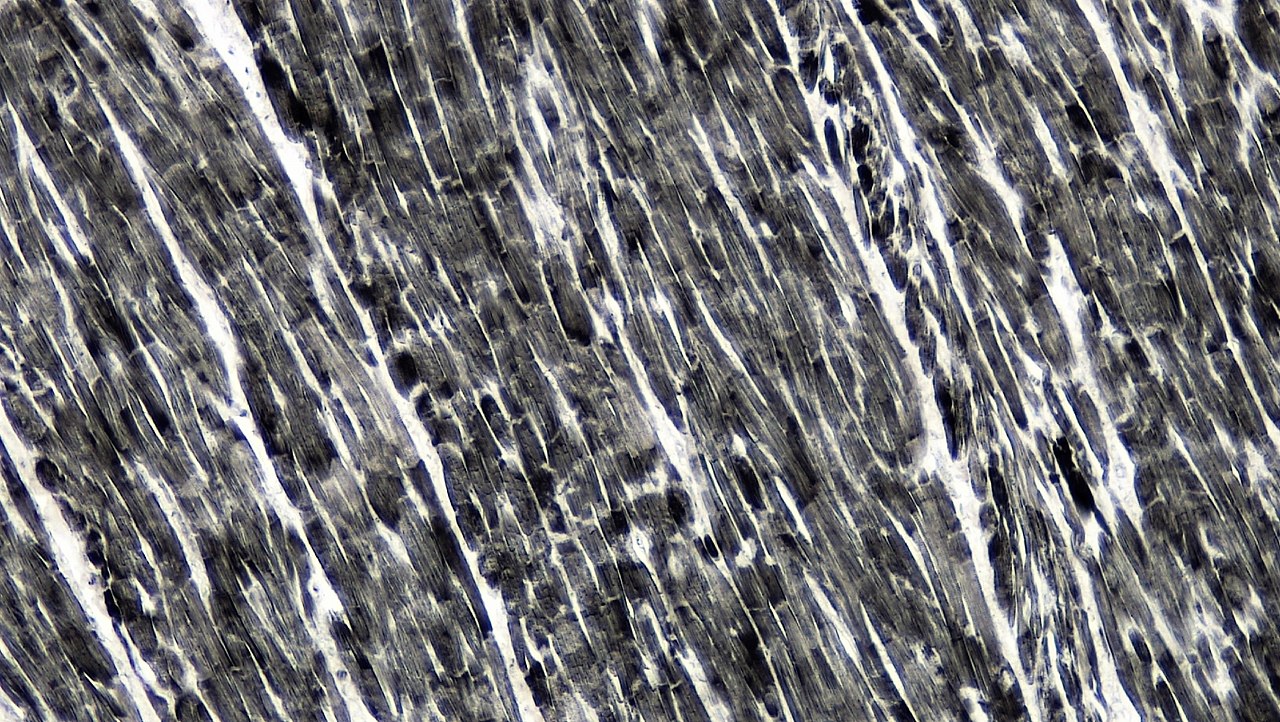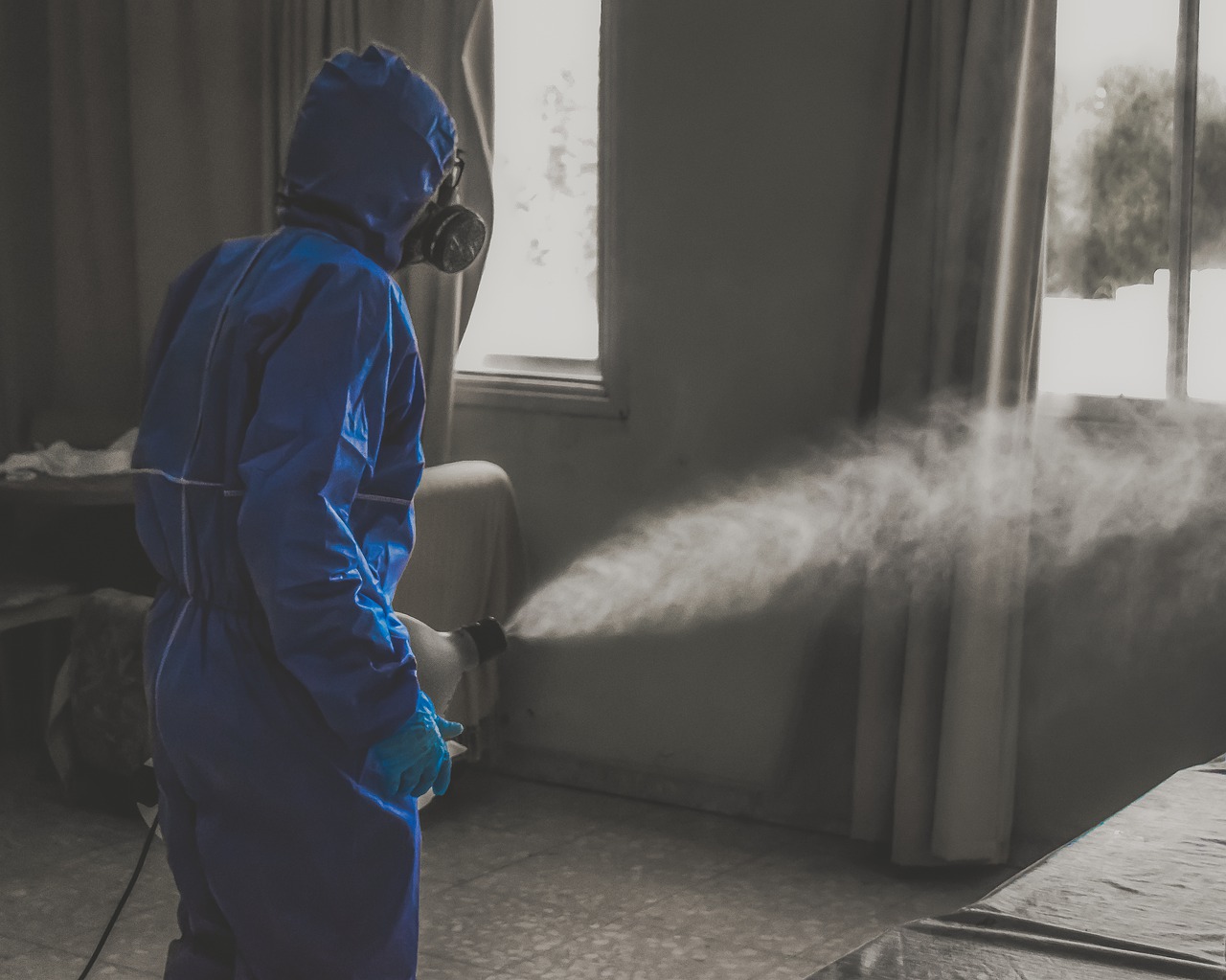
CSIR Labs Develop ‘Green’ Crackers
- News
- 2.3K
Minister for Science and Technology Dr. Harsh Vardhan today announced the development of a set of new firecrackers that promise to be less polluting without compromising on the sound or light effect.
The new crackers have been developed by scientists of two national labs – Central Electrochemical Research Institute (CECRI) based in Karaikudi, Tamil Nadu and National Environmental Engineering Research Institute (NEERI) in Nagpur.
The researchers at CECRI have developed green crackers by modifying the chemical formulations for flower pots, `Jil Jil’ and so-called atom bombs. Crackers essentially comprise of alkali nitrates, aluminum powder of different grain sizes and in some cases a binder to enhance luminescence. Aluminum is used as a primary heat source and to produce the flash.
Researchers decided to replace aluminum with magnesium on the understanding that it would reduce ignition temperature and subsequently minimize particulate matter coming from the cracker. The trick worked. Field trials were conducted at Sivakasi, which is also in Tamil Nadu and which is a major firework manufacturing centers in the country and the new composition showed positive results.
The minister said the new products had reduced emission of particulate matter and toxic gases, had less smoke and was less noisy. The particulate matter mission was reduced by 25 to 30 percent.
The researchers at NEERI have developed greener version of what is called `bijli’ crackers. Three prototypes have been developed and named SWAS (safe water releaser), SAFAL (safe minimum aluminum) and STAR (safe thermite cracker). The particulate matter was reduced by 30-35 percent in SWAS and 35 to 40 percent in SAFAL and STAR.
Dr. Harsh Vardhan said greener crackers have been demonstrated to the manufacturers and their reaction has been positive. There was, however, a need for approval from Petroleum and Explosives Safety Organisation (PESO), which is the nodal agency for safety requirements in the manufacture, storage, transport and use of all types of explosives and petroleum. The manufacturers will have to approach it.
He said work on several other greener crackers including electronic-based ones are underway in six other CSIR laboratories — Central Mechanical Engineering Research Institute, Durgapur, Central Leather Research Institute, Chennai, Indian Institute of Chemical Technology, Hyderabad, National Chemical Laboratory, Pune and Industrial Toxicological Research Institute and National Botanical Research Institute at Lucknow.
Dr. Vardhan, however, declined to set a time frame for the crackers to be commercialized. “We are working on them. We will let you know when they are ready for the market”, he said.
(India Science Wire)
By Sunderarajan Padmanabhan
If you liked this article, then please subscribe to our YouTube Channel for the latest Science & Tech news. You can also find us on Twitter & Facebook.


